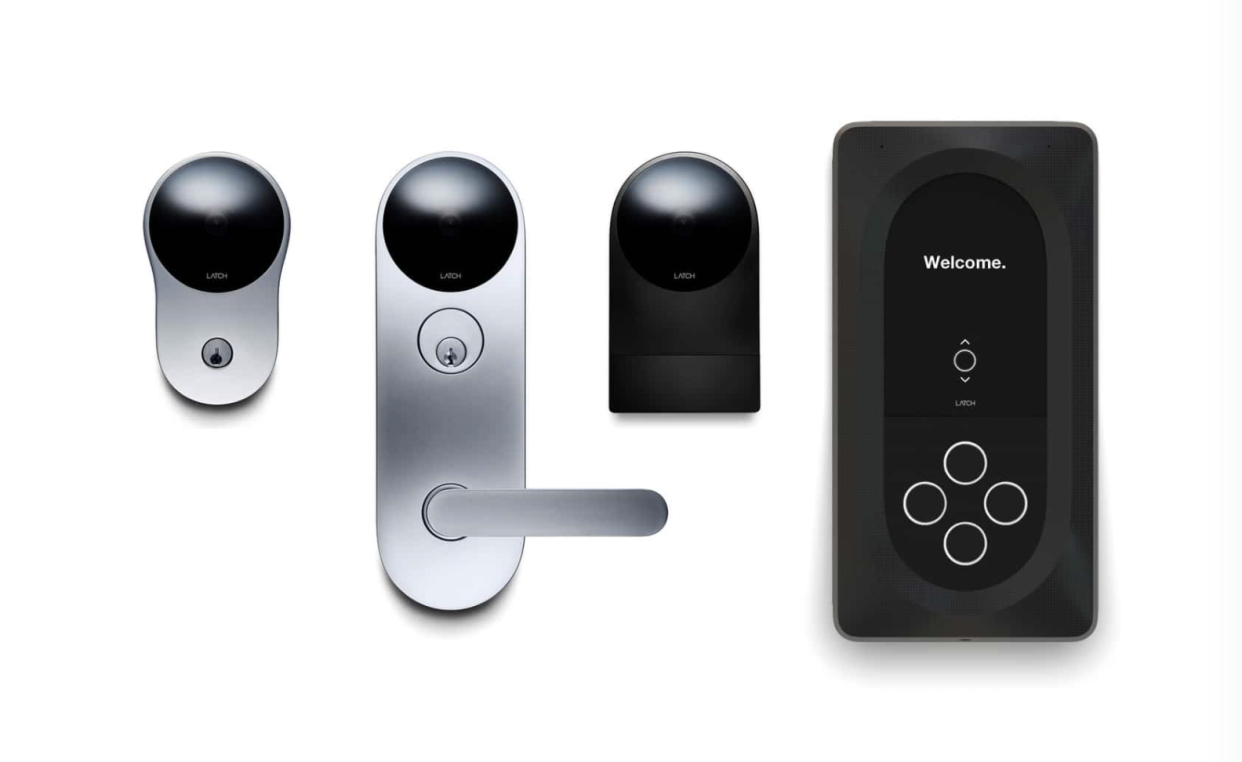Latch, a smart lock company, looks to become a platform with the launch of LatchOS

Tech that powers physical spaces is in the midst of a growth spurt. One company in the mix, Latch, is today announcing the next phase of the company with the launch of LatchOS.
Latch was founded back in 2014 with the mission of creating a vertically integrated hardware/software solution for door access in apartment buildings. Unlike some smart home locks that replace the lock on the door, Latch looked at the different locks that exist in apartment buildings and created solutions that work with each.
This allows building managers and apartment renters/owners to manage their doors and who has access, including the maintenance staff, deliveries, etc.
With the launch of LatchOS, the company is getting even deeper into the buildings, giving users the ability to manage more than just the door but integrate the app with other devices in a building. These integrations include Sonos speakers, Honeywell and ecobee thermostats and Jaso and Leviton light switches, all from their Latch app.
This is just the start. LatchOS was built to become the backbone of the platform, allowing more integrations to be implemented or built out based on the needs of the buildings and users.
Though the company has flown somewhat under the radar, it's raised more than $150 million and says it did more than $100 million in sales in 2019, with one of every 10 buildings in the United States being built with Latch products.
Latch makes money by selling hardware to building owners and then charging a monthly software fee, allowing the service to be free to renters and apartment owners. With the launch of LatchOS, the company can now build out integrations to earn revenue off of end users, as well, should they choose to upgrade to new features or purchase services through the platform.
The company, helmed by former Apple employees Luke Schoenfelder and Thomas Meyerhoffer, as well as full stack hardware engineer Brian Jones, has more than 230 employees and declined to share any information around the diversity of its staff.
"People have always seen us as a lock company and they wonder why a lock company is doing this other stuff," said Schoenfelder. The reality is that we've never wanted to be a lock company. We just needed to build the locks to make the rest of the system work. That's why we built our own hardware. We've always been focused on building the system that makes the building better for everybody."

 Yahoo Lifestyle
Yahoo Lifestyle 
